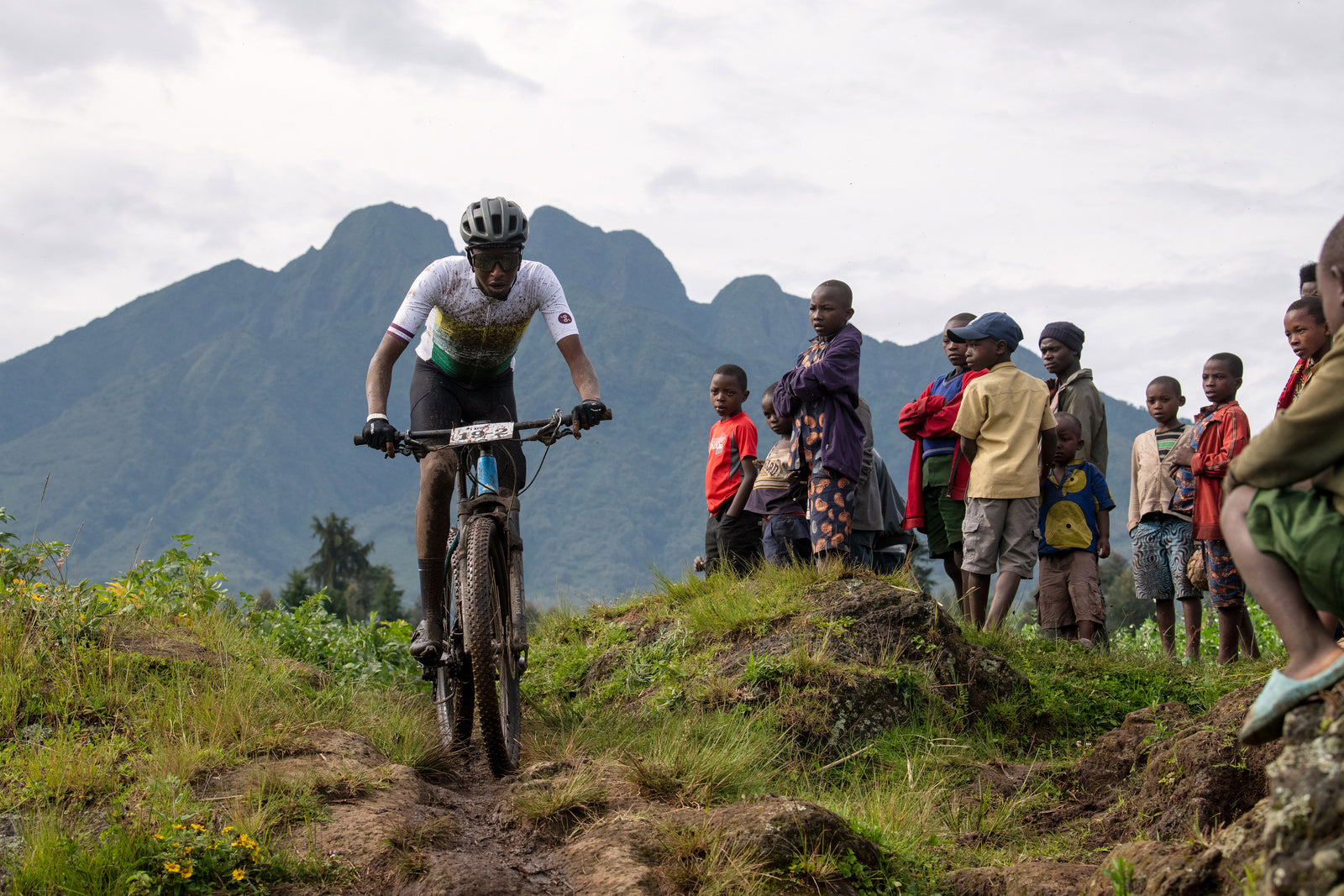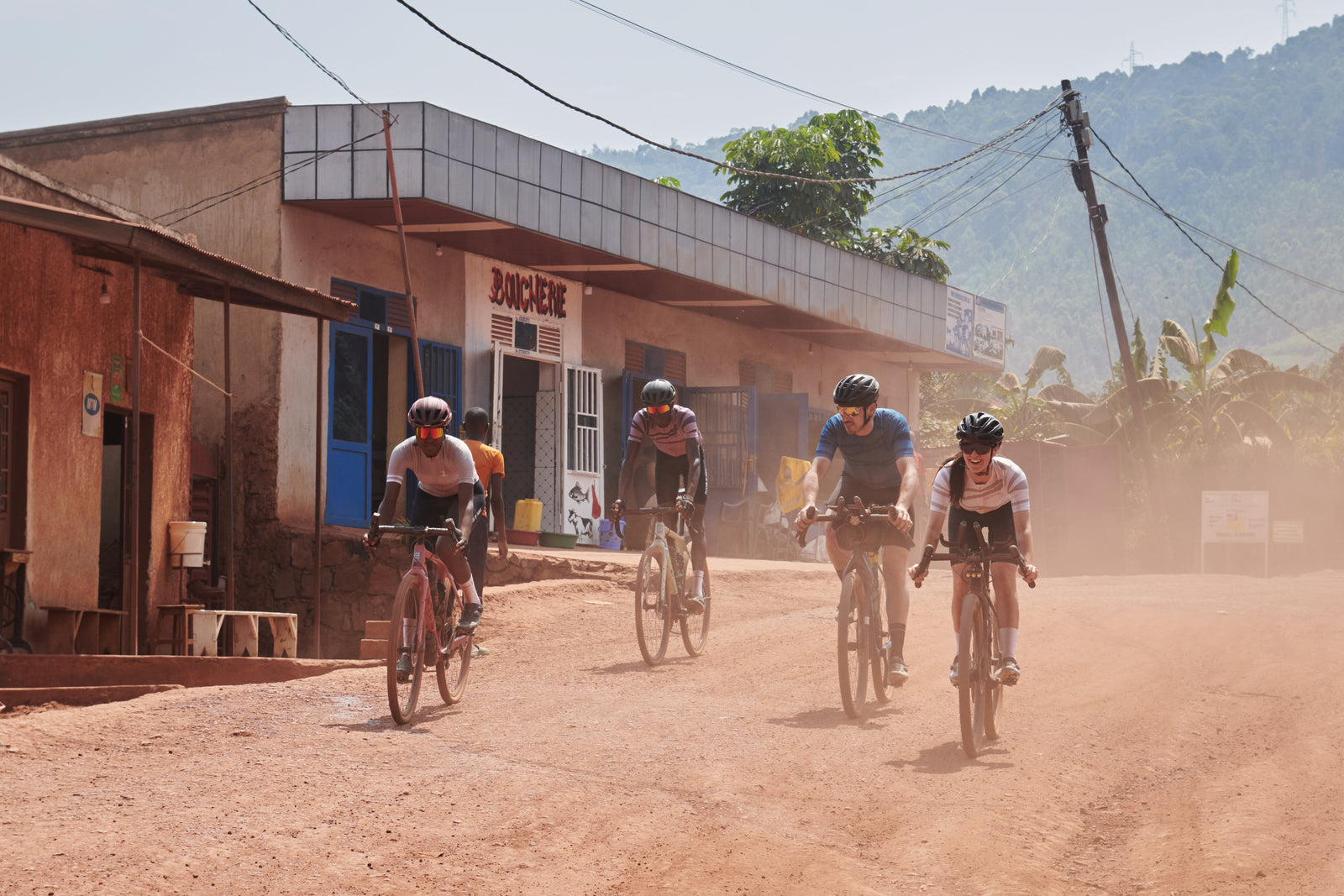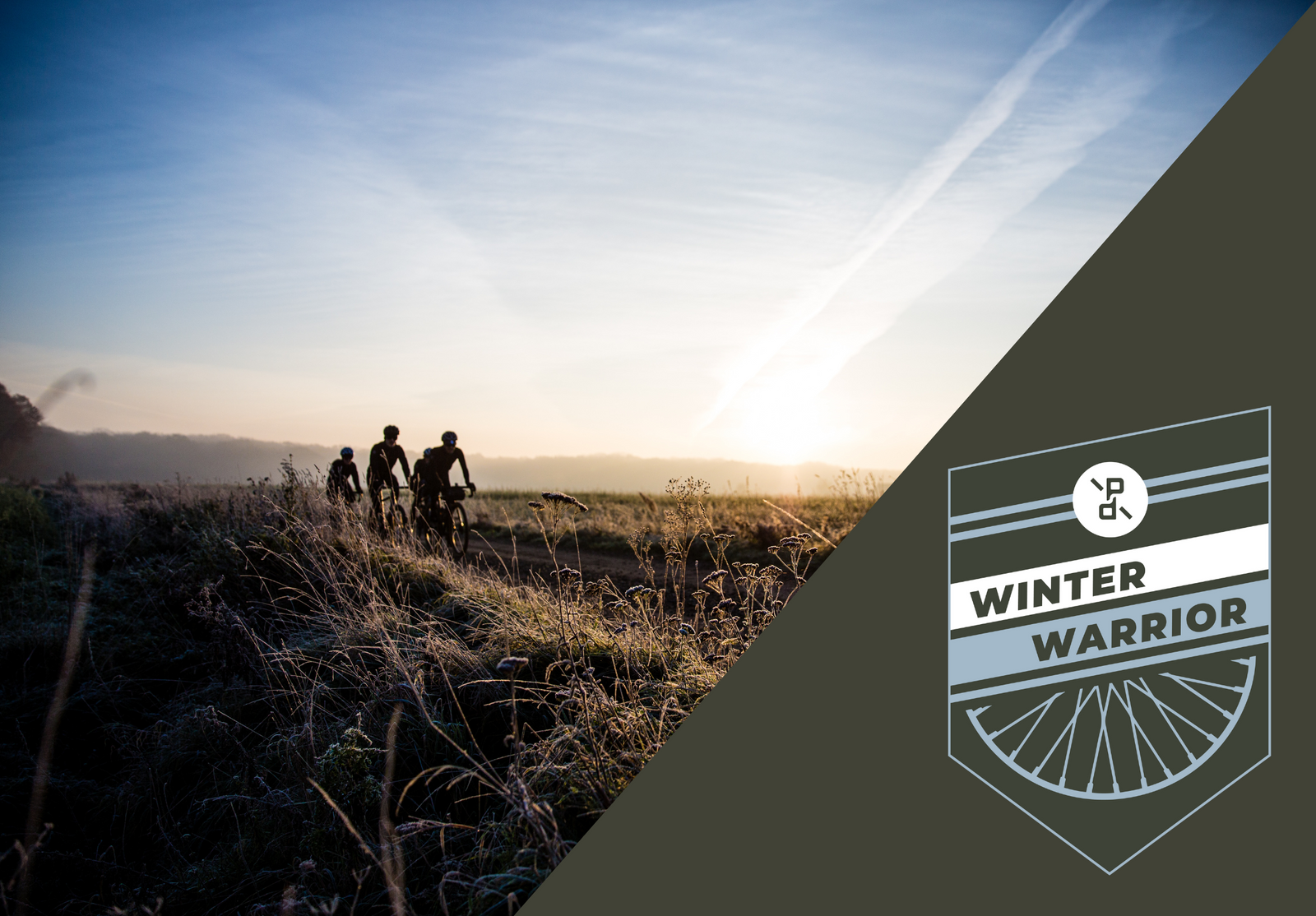“Thailand, the land of smiles”, but also the land of incredibly steep climbs and spicy food. Chiang Mai, a city in the North of Thailand (about 700km above Bangkok) is famous for its temples and Night Bazar, but has increasing interest by cyclists worldwide. This is why you should go bike packing in the North of Thailand:

The man who taught me how to ride a bike
The striking mountainous landscape around the city is not only the ideal location for a 2-day jungle trekking, but also for cycling. More cyclists from Asia (and even Europe) spend their time during wintertime in this part of the country and some accommodation is specifically designed for the men (and women) in lycra (such as The Vanilla Residence). December to Februari is considered the dry-season so this is the perfect time of the year to ride this loop to avoid the scorching heath or the wet season when roads can be slippery.

Since bike packing is a good way to see something of the country, I decided to ride the Mae Hong Son loop starting in Chiang Mai. I also invited the man who taught me how to ride my bike about 35 years ago: my dad. Aged 72, and still in great shape, I convinced him to join me on this trip. To him, it was also his first time ever in Asia.

This 650k loop goes from Chiang Mai to Pai, continues to Mae Hong Son, Mai Sariang and then back to Chiang Mai. The loop covers 13.000m of elevation and a stunning 1864 corners. Along the way, you’ll see rice paddies, beautiful surroundings on top of the hill and the local Thai village life, so you’ll never get bored. This ride is mostly discovered by tourists on a motorised vehicle, but we decided to ride the Mae Hong Son loop on our preferred mode of transport… you guessed it: our bikes.

The road to Pai
There are 2 ways to ride the loop, clockwise and counter-clockwise. We decided to ride counter-clockwise and ride from Chiang Mai to Pai and then continue in this direction. The reason for riding the loop in this direction is because most big climbs are tackled in the early part of each stage, so your legs are still fresh instead of climbing them in the late afternoon when temperatures rise to about 30° Celcius, even in “wintertime”.

The first day (or 2 days if you split the distance in half), you’ll ride from Chiang Mai to Pai. Expect a nice and flat warm-up ride for about 45km when you leave Chiang Mai and follow the bike lane next to the river. Take a coffee break in “33 Coffee Hill & Resort” after 72km or spend the night there to ride the next 65km to Pai the next day. After that, the only way to Pai, is up. When arriving in Pai, you can cross the Pai river by taking the historical wooden Bridge instead of the main road. Once in Pai, indulge yourself with smoothie bowls, Pad Thai or a local curry and rest your legs for the next day.

Spending the night amongst 1000 frogs
Leaving Pai is never easy since the laid-back vibe might make you want to stay longer, and the fist climb of the day isn’t an easy one. We recommend that you leave early in the morning when temperatures are still cool to tackle the climb of 25km to an elevation of 1.400m. Once you reached the top, it’s a beautiful descent for another 25km until you reach the next steep climbs. About 120km later, you arrive in the village Mae Hong Son where you can spend the night amongst thousands of frogs (and mosquitoes) amidst the rice paddies.


The next day(s) you’ll ride to Khun Yuam and Mae Sariang. The route to Khun Yuam is one of the most beautiful of the whole loop since you’ll be riding through lush canyons before you arrive in the small village of Khun Yuam where you’ll be one of the only foreigners looking for food. Continuing to Mae Sariang, the road winds up and down for another 100km and you’ll climb about 1.200m that part of the route. Mae Sariang is more lively than Khun Yuam or Mae Hong Son and the hotels next to the river are worth staying the night.

The tallest peak of Thailand
The last 2 days of the loop are the most challenging. From Mae Sariang to Mae Chaem it’s 3.300m of climbing over a distance of 130km. The last day, you’ll get to climb the magnificent Doi Inthanon (Thailand’s tallest peak) before you descend all the way back to where you started: Chiang Mai. The route itself doesn’t go all the way to the top of Doi Inthanon, but if you want, it’s about 10km extra of climbing from the intersection to the summit. Bring a gilet or rain jacket since the descent is long and it can be cold at an elevation of 2.500m. When you start the climb from Mae Sariang, don’t underestimate the elevation profile and you’ll be thankful when the gradient isn’t a 2-digit number. The average gradient is 8.6% and that’s why it is ranked amongst the most difficult climbs in South-East Asia.

Back in Chiang Mai, get yourself a cold beer, dive into the swimming pool of your hotel and treat yourself on a Thai massage before you discover the nightlife.
The Mae Hong Son loop is definitely bucket list material for those who love to climb!

Before you go
1) If you fly from Europe to Asia, check the luggage policy regarding bicycles since some airline companies provide free bike transport (like Thai Airways, Etihad, Emirates,…). If you stuff all your luggage in your bike-bag, you don’t need to pay extra ;-)
2) You’ll find enough food stands along the route so no need to carry a lot during the ride, only a few energy bars just in case.
3) Accommodation is super cheap in this part of South-East Asia so there really is no need to carry along a tent if you want to do this trip on a budget. Also, covering 13.000m in one week, you’ll be glad to find a hotel at the end of the day that won't cost you an arm and a leg.
4) Ask your hotel in Chiang Mai beforehand to leave your bike-bag there for a few days while you’re riding the Mae Hong Son loop. In most cases they won’t even charge you for this.
5) Choose the proper gearing for climbing. 34 chainring in the front and 32 in the back is definitely recommended, or if you’re riding a single chainring, we suggest a 40t in the front, and 11-42 cassette to tackle the steep sections.





Ron
February 06, 2020
Thx for the info bro… nice story! Looks like a super fun ride!